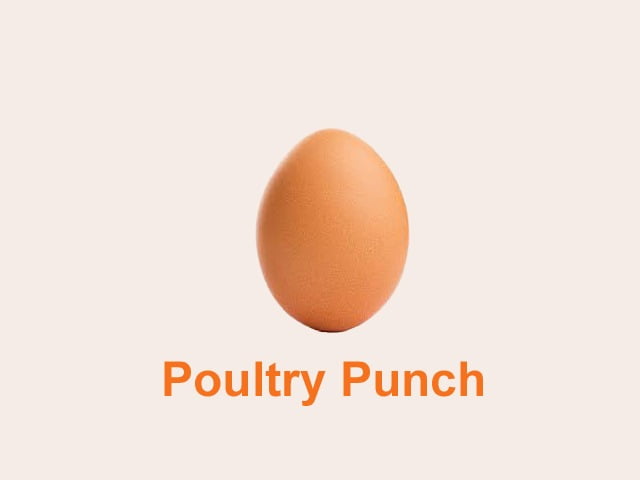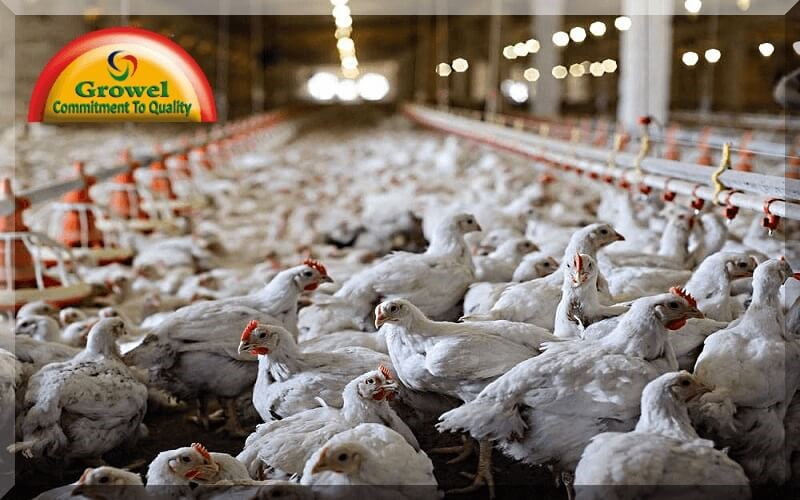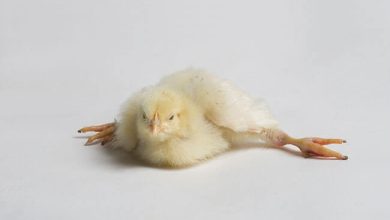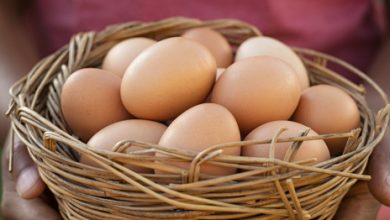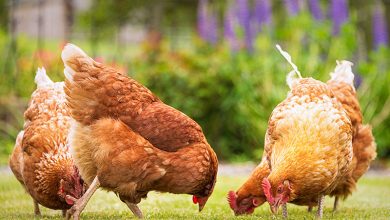Poultry litter management: A pragmatic strategy to save costs
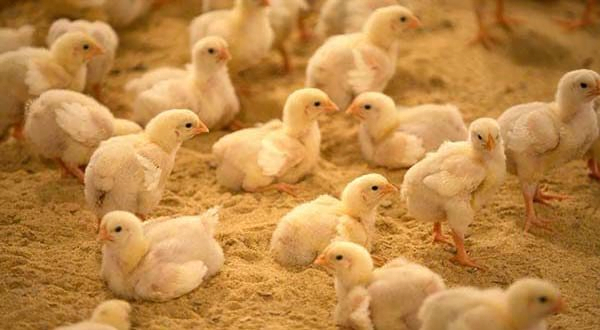
Pramod Kumar Soni1, Vipin2 and Kundan Kumar1
1ICAR- Indian Veterinary Research Institute
2Ph.D. Scholar, ICAR-National Dairy Research Institute
Introduction
Good litter is a basic principle of a well-managed broiler farm which means less ammonia, a better climate and healthier birds. Litter quality both directly and indirectly impacts bird respiratory health, microbe numbers and viability, ventilation needs, power usage and worker health.Litter’s most important function is to remove moisture from a bird’s faeces. This minimizes the touch of the bird with manure, thus reducing blisters, skin burns and pododermatitis. It is because dry litter is not as able to release ammonia as wet litter. It also insulates a shed from the cold ground below, and a well-heated floor surface will boost bird performance and uniformity. If litter is spread at a reasonable depth, heated to 33°C at the time chicks are placed, that warmth will remain stored for up to two weeks. Dry litter will also keep condensation levels down. Litter is a very important commodity in poultry growing, as birds are exposed from the first day of life to the litter and its contents (microbes, moisture, ammonia, dust, odour, and texture). The “litter concerns” have not yet been explicitly classified or defined, as they are often related to other management issues. Overseas broiler industry had limitations on this activity because of the overuse of litter that contributed to contamination. For the near future, therefore, poultry waste management should rely on land use litter as a sustainable disposal process.That being said, all other waste management solutions and their potential to value add to the litter resource are considered by industry.
Reuse of the litter
One way to treat used or spent litter is to reuse it for subsequent broiler lots. Reusing litter can also save money by preventing or delaying the expense of purchasing new bedding material if/when the houses are cleaned out. Paw quality seems to be better on built-up litter that is well maintained and has proper moisture content than on new bedding or even second- or third-flock litter. Therefore, even though there are challenges associated with reusing litter, such as the potential for increased ammonia and pathogen levels, there are also benefits, such as improved paw quality and cost savings from not having to purchase new bedding materials.
Closed-loop system of management
Systems that are designed to incorporate waste back into one or more stages of production are known as “closed-loop systems. A closed-loop system is an important concept for a waste management, in which outputs from one industry are inputs for another. Consequently, pollution may be characterized as a resource or raw product that has an adverse environmental impact that has not been transformed into another useful product. Land application satisfies this requirement as litter is transformed into plants while soil structure is improved by increasing soil organic matter. Composting litter before applying to land can enhance both plant growth and soil structure.
Litter composting
Composting is the aerobic microbial breakdown of organic matter, which usually requires a thermophilic process. Due to its capacity to minimize litter volume, dispose of carcasses, preserve nutrients and trace elements and eliminate pathogens, the adoption of composting systems for poultry waste has received attention. Agronomic advantages of composted litter include elevated nutrients and humic residues accessible to plants. During composting the immobilization of nitrogen (N) and phosphorus (P) decreases the threat of soluble N and P entering aquatic environments by surface flow and leaching. In addition, composting could provide both on-site and off-site litter management strategies and potentially develop a closed-loop network for poultry industry.
Direct combustion of litter
Direct combustion and incineration are recognized as effective options for producing litter-grade renewable energy and fertilizer-grade waste, and could potentially close the poultry industry nutrient loop. There are currently successful large-scale off-site electricity utilities operating in the UK that primarily use litter as a fuel. Smaller direct combustion systems are being researched and built for on-site electricity and heat generation, and if commercialized, could provide both environmentally friendly waste disposal and energy to broiler producers.
Anaerobic digestion of litter
Anaerobic digestion may also facilitate a closed-loop system for the poultry industry, as the process may eliminate and preserve a wide variety of organic poultry waste like litter. This could potentially produce saleable methane and digest ate. Methane could be captured after digestion, the gas then cleaned and then used as renewable energy, while the digest ate could be utilized as a soil improving agent with potentially good fertilizer attributes.
Biofuel development by litter
It is also likely that poultry litter could be suitable for lignocellulosic alcohol production. If this technology is viable, this waste could supply biofuels to industry and potentially reduce the demand for grain destined for ethanol production.
Vermiculture
The use of specially selected earthworm species to degrade waste is known as vermiculture. This technique has been widely adopted by home gardeners to utilize green wastes and vegetable scraps.Vermiculture has the ability to produce both litter-rich humicvermi-compost (vermicast) and meat-meal (vermimeal). The vermiculture method has historically been implemented primarily for the production of vermicast, a known valuable organic fertilizer.
